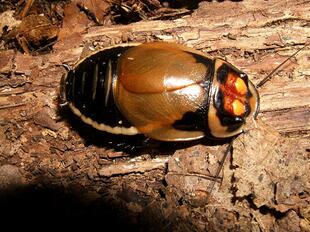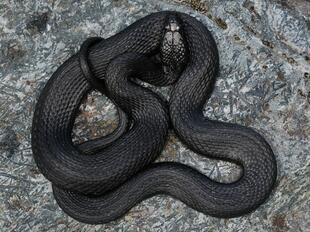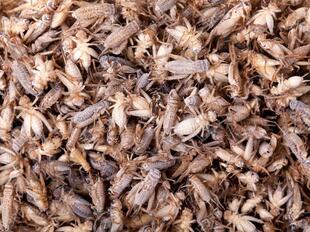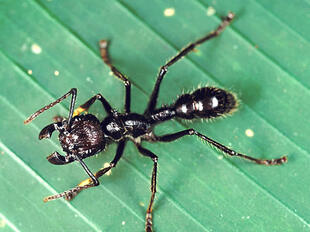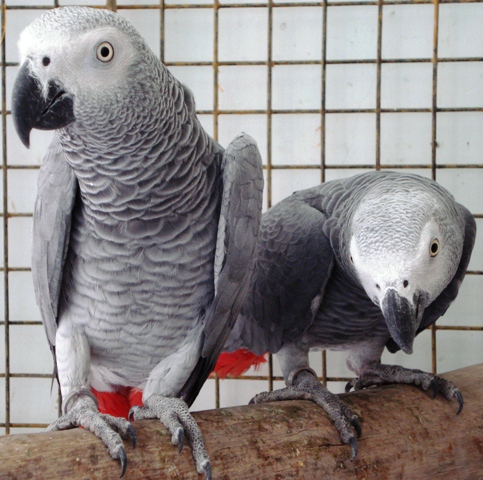
African grey parrot, orGrey parrot, orCongo African grey parrot(Psittacus erithacus)
Phylum —chordata
Class — aves
Order — psittaciformes
Family — psittacidae
Genus—psittacus
Appearance
The Grey parrot is a medium-sized, predominantly grey, black-billed parrot. Its typical weight is 400 g (0.88 lb), with an approximate length of 33 cm (13 in), and a wingspan of 46–52 cm (18–20 in). It has darker grey than its body over the head and both wings. The head and body feathers have slight white edges. The tail feathers are red.
Habitat
African grey parrots are native to equatorial Africa, including Angola, Cameroon, the Congo, Gabon, Ivory Coast, Ghana, Kenya, and Uganda.
Behavior
African grey parrots are gregarious and very noisy birds especially at night when they gather in large flocks to sleep together in tall trees. During the day, they prefer to spend time in smaller groups and fly long distances to forage. African grey parrots feed mainly in the canopy climbing from one branch to another but may also take clay and mineral soil on the ground. These birds communicate with each other using high-pitched screams and whistles. They also use contact calls, which allow them to interact with their flock mates and communicate information about their location, detection of predators, availability of food, and safety status. In addition, contact calls are used to form strong social bonds with their flock mates.
Diet
African grey parrots are herbivores and most of their diet consists of fruit, nuts, and seeds. They prefer oil palm fruit and will also supplement their diet with flowers and tree bark, as well as insects and snails.
Reproduction
African grey parrots are monogamous and have lifelong pair bonds. They breed in loose colonies but each pair needs their own tree for nesting. Nests are located in tree cavities where the female lays 3 to 5 eggs. She incubates them for 30 days while being fed by her mate. Both parents defend their nesting sites and help take care of the chicks until they can go off on their own. The young leave the nest at the age of 12 weeks and become completely independent from their parents at 2-3 years of age. Reproductive maturity is reached when they are 3 to 5 years old.
Grey parrots may live for 40–60 years in captivity, although their mean lifespan in the wild appears to be shorter — approximately 23 years.
In captivity
The African grey is a medium- to large-sized parrot that needs adequate living space. Minimum cage size should have a 2-foot by 2-foot footprint and 3 feet in height. Larger cages are preferable.
Without plenty of interaction and training, an African grey parrot may become depressed and exhibit self-mutilating behaviors, such as feather-plucking. These birds thrive when they have lots of opportunities for playing with toys, interacting with their owners, and learning words and tricks. Expect to spend several hours each day interacting with and training your African grey. Many owners report that African greys enjoy having television or radio playing when they are left alone.
African greys are said to be somewhat sensitive and easily affected by stress and commotion. They may be more relaxed if the cage is placed in a quiet corner of the room rather than in the center.
Adequate amounts of activity are crucial to maintaining the health of an African grey parrot. Pet Greys should be allowed to spend at least 1 to 2 hours out of their cages daily with vigorous exercise and make sure to provide them with plenty of bird-safe chew toys to help exercise their powerful beaks.
The best food for an African grey in captivity is a high-quality, formulated pellet supplemented with fruits such as pomegranate, organic mango, and melon. Also, provide fresh vegetables, including leafy greens like arugula, watercress, kale, sprouts, and healthy seeds such as hemp and flaxseed. You can premake chop, a salad for birds, that will help keep your African grey parrot healthy and thriving. Many Greys also enjoy a variety of treats and snacks, such as nuts and healthy table foods like steamed green beans, breakfast toast, and salad. Offer you bird a half cup of pellet-based parrot mix and a 1/4 cup of fruits and vegetables daily and adjust the quantity according to their appetite. Remove and discard all uneaten fresh food by the end of each day.
 Russian
Russian
 English
English




















